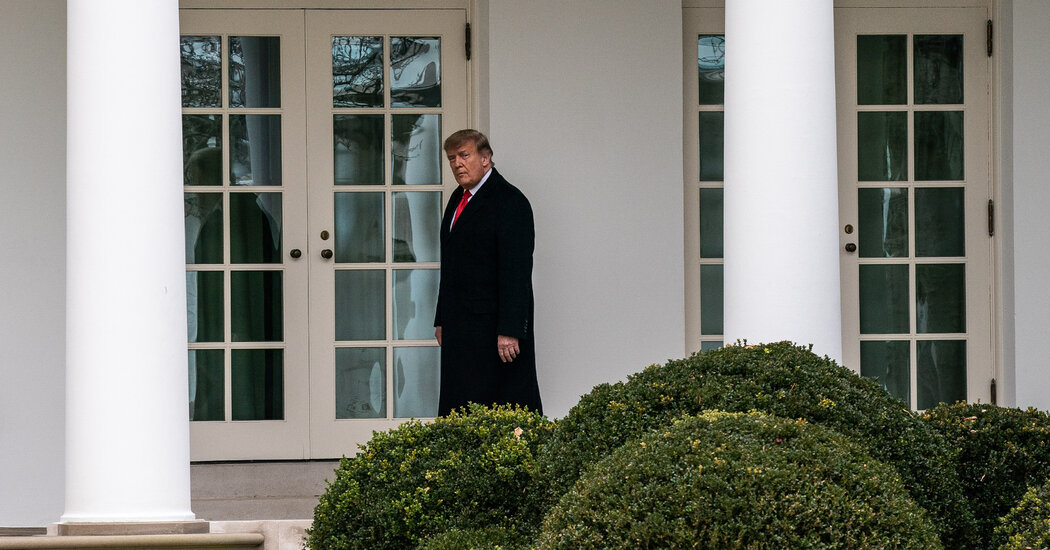Trump, in Taped Call, Pressured Georgia Official to ‘Find’ Votes to Overturn Election

During the call, the president again embraced several conspiracy theories, including debunked charges that ballots in Fulton County, Ga., were shredded and that voting machines operated by Dominion Voting Systems were tampered with and replaced. Mr. Germany can be heard telling the president that such charges are flatly untrue, even as Mr. Trump insists otherwise.
“You should want to have an accurate election. And you’re a Republican,” Mr. Trump told Mr. Raffensperger, who replied that “we believe that we do have an accurate election.”
Mr. Trump responded: “No, no, no, you don’t, you don’t have, you don’t have, not even close. You guys, you’re off by hundreds of thousands of votes.”
In addition to Mr. Trump and Mr. Raffensperger, others on the call from the Georgia secretary of state’s office included Mr. Germany and Jordan Fuchs, Mr. Raffensperger’s deputy. On the line as well were Mark Meadows, the White House chief of staff, and Cleta Mitchell and Kurt Hilbert, lawyers working for Mr. Trump.
Ms. Mitchell and Mr. Meadows repeatedly sought to challenge the voting in Georgia and pressed Mr. Raffensperger to reveal confidential voter data in an effort to back up their claims. They were rebuffed by Georgia’s election officials. Ms. Mitchell, a partner at the firm Foley & Lardner, was on the call with Mr. Trump despite the fact that nearly all lawyers with top-tier firms have refused to represent the president in his attempts to overturn the election.
The firm said in a statement early Monday that it had not been retained by Mr. Trump and “any involvement from a Foley attorney in this matter is solely in his or her capacity as a private citizen.”
But the tape is dominated by the president, who spoke for the bulk of the call, at times interrupting Mr. Raffensperger. At one point, when Mr. Trump alleged that 5,000 dead people voted in Georgia, Mr. Raffensperger said the president was mistaken.
*** This article has been archived for your research. The original version from The New York Times can be found here ***


